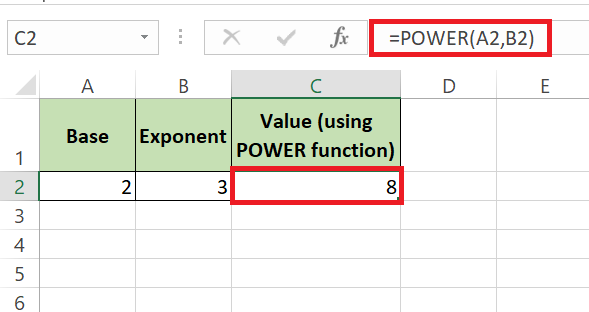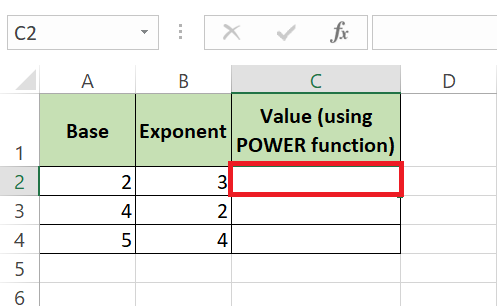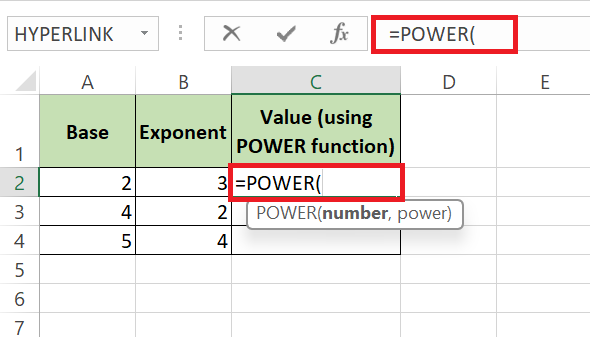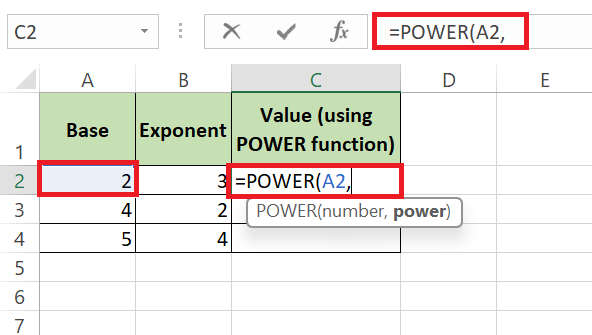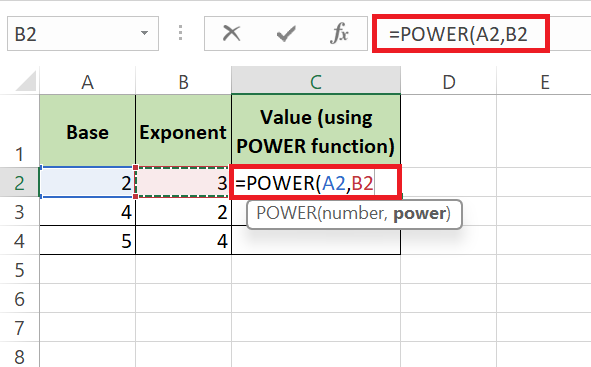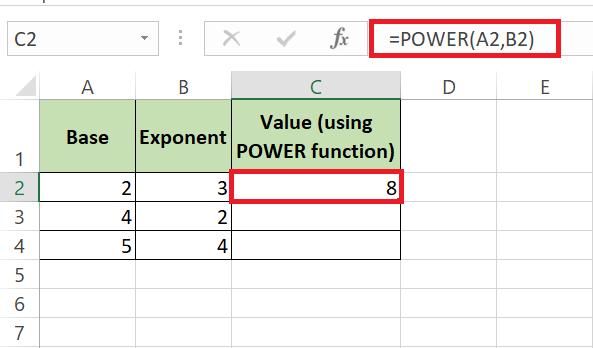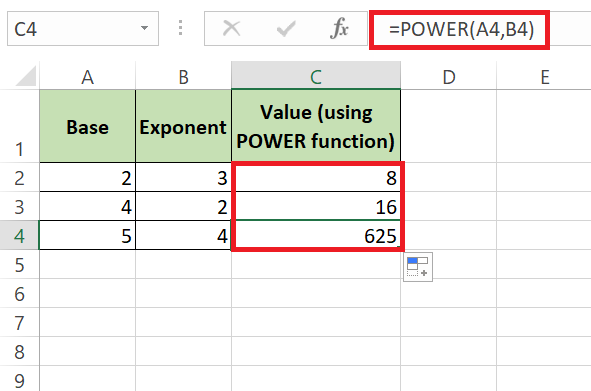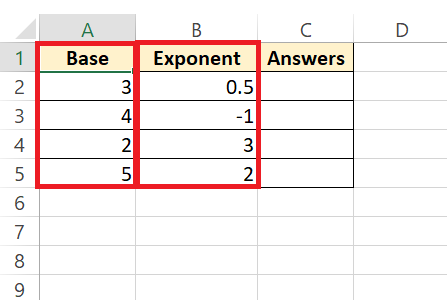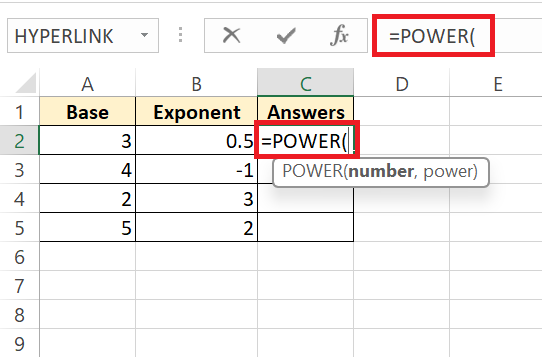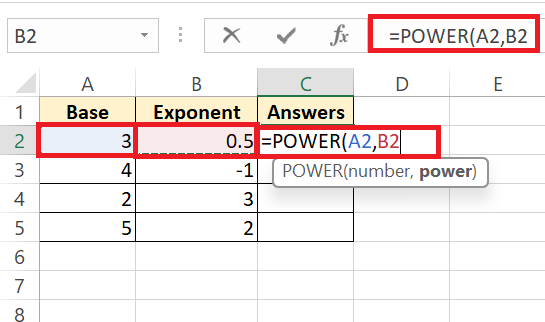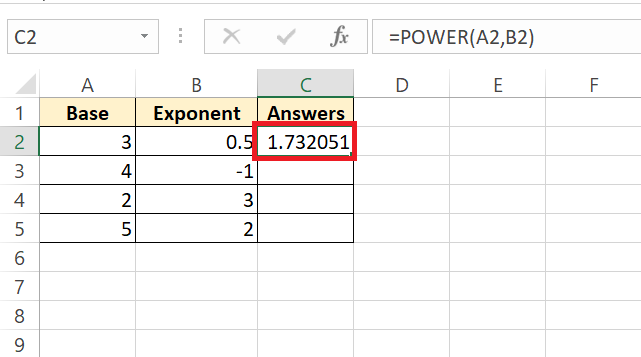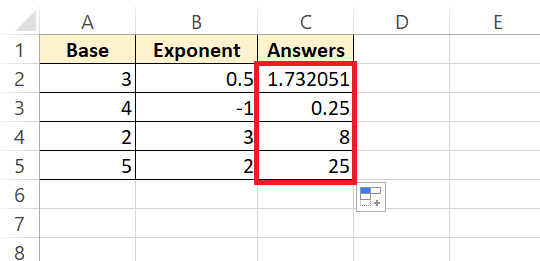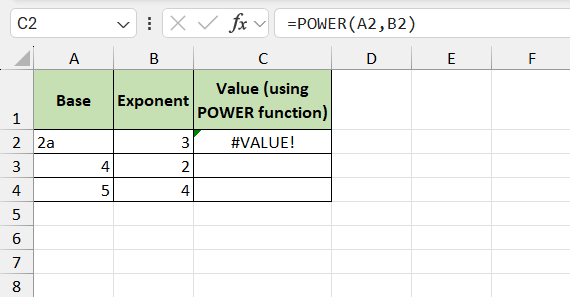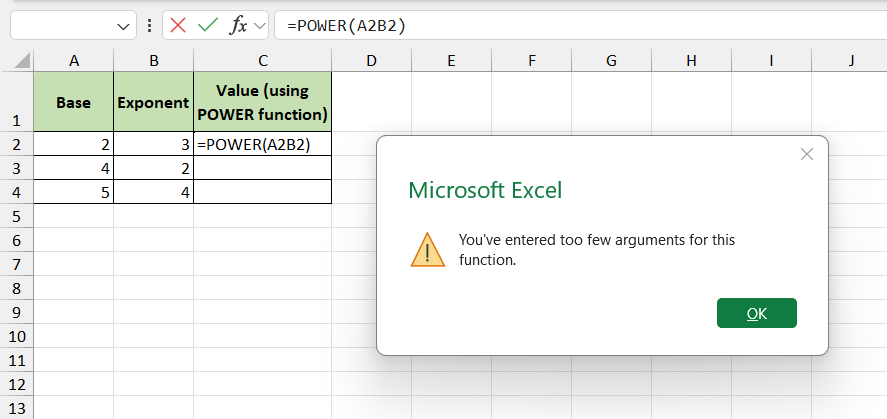Unlock the secret to exponential calculations in Microsoft Excel with the POWER function. Simplify complex tasks and elevate your data analysis prowess effortlessly. From financial projections to scientific computations, harnessing POWER transforms daunting challenges into manageable feats.
Key Takeaways:
- Streamlined Exponential Calculations: The POWER function enables swift computation of exponential values in Excel, easing tasks like compound interest and statistical adjustments.
- Enhanced Data Analysis: Integrate POWER into your spreadsheets to amplify analytical capabilities, facilitating precise financial forecasts and scientific modeling.
- Step-by-Step Mastery: Follow a straightforward guide to using POWER, from initiating the formula to applying it across datasets effortlessly.
- Exploring Exponent Variations: Venture beyond basic calculations to explore a range of exponent variations with the adaptable POWER function.
Table of Contents
Sharpening Your Excel Skills: A Power Function Primer
Understanding the Basics of Excel’s POWER Function
Unlock the secret to performing swift exponential calculations in Excel with the POWER function. This nifty tool allows you to raise any number to the power of another with utmost ease. Whether you’re calculating compound interest or adjusting statistical data, the POWER function simplifies your workflow, transforming daunting tasks into manageable ones. Remember to include a base and exponent in the formula to watch your numbers rise to the occasion.
The Benefits of Harnessing POWER in Your Spreadsheets
By integrating the POWER function into your spreadsheets, you’ll amplify your data analysis capabilities. Imagine effortlessly computing exponential growth trends, projecting financial forecasts with precision, and tailoring scientific computations with a single formula. You’ll save time and reduce the risk of manual errors, ensuring your data remains robust and reliable. Embrace the POWER function and propel your spreadsheets from functional to formidable.
Essential How-To Guide for the POWER Function
Step-by-Step: Using POWER to Perform Mathematical Calculations
To master exponential calculations in your spreadsheets, follow these simple steps using the POWER function:
STEP 1: Click on the cell where you want to display the result.
STEP 2: Type =POWER( to initiate your formula.
STEP 3: Enter the base number, followed by a comma.
STEP 4: Input the exponent number you want the base to be raised to.
STEP 5: Close the parenthesis and hit Enter.
STEP 6: Drag the formula down to the rest of the cells for final values.
Voila! You’ve just calculated power in Excel with minimal fuss and maximum accuracy. Whether you’re squaring a number or exploring more complex exponents, POWER has got your back.
Beyond Squares and Cubes: Exploring Exponent Variations with POWER
When you venture beyond the familiar territory of squares and cubes, Excel’s POWER function remains your steadfast ally. Harnessing its full potential, you can explore a wide array of exponent variations, from fractional powers, which find roots, to negative exponents, which compute reciprocals.
It’s also a breeze to scale your calculations for bulk data points by applying the POWER function across an entire array. No matter the complexity, POWER adapts to your mathematical journey, expanding your analytical possibilities.
STEP 1: Input your dataset into two columns in Excel, with bases in column A and exponents in column B.
STEP 2: Click on the cell where you want the result and type “=POWER(” to begin the formula.
STEP 3: Enter the base number, followed by a comma, then input the exponent.
STEP 4: Close the parenthesis and press Enter to compute. Drag the fill handle to apply across the dataset.
STEP 5: Drag the formula down to the rest of the cells for final values.
Applying POWER to Real-World Excel Tasks
Financial Analysis Made Easy with POWER Function Techniques
Tackling financial analysis becomes a breeze with Excel’s POWER function at your disposal. You can effortlessly compute the future value of investments by determining compound interest over multiple periods or calculate depreciation using exponential decay. This function allows you to project financial scenarios with just a few clicks, offering clarity and insight into your fiscal strategies. Empower your financial models to speak volumes by leveraging the disciplined precision of the POWER function.
Scientific Data Processing: Leveraging POWER for Complex Computations
The POWER function isn’t just for financial wizards; it’s a boon for scientists too! Engage with the scientific method by processing data through complex computations that are handled effortlessly. Be it converting units using scientific notation, analyzing kinetic energy equations, or modeling exponential growth of bacteria cultures, POWER function stands as your laboratory assistant in Excel. With this function, you’ll transform raw data into insightful scientific results, accelerating your research and discovery process.
Avoiding Common Pitfalls When Using POWER in Excel
Troubleshooting Tips for Error-Free POWER Function Use
To ensure smooth sailing when using Excel’s POWER function, keep an eye out for these troubleshooting tips:
- Confirm that both your base and exponent are numerical values, as text or non-numeric data will result in a
#VALUE!error.
- Guard against common mistakes like omitting the comma between arguments or mismatched parentheses, which can also lead to errors.
- Use Excel’s error-checking features to trace and correct any issues with your POWER formulas, keeping your data clean and accurate.
By staying vigilant and checking these details, you’ll enjoy error-free analyses, keeping your Excel adventures productive and hassle-free.
Best Practices for Accurate and Efficient POWER Formulations
To optimize the use of the POWER function and maintain the integrity of your data, follow these best practices:
- Always double-check your formula for accuracy before applying it across multiple cells.
- Apply named ranges to make your formulas more readable and easier to manage, especially when dealing with complex spreadsheets.
- Use absolute references (using the $ symbol) if you intend to copy the POWER formula across cells but want to keep certain values constant.
- Combine the POWER function with Excel’s data validation tools to ensure inputs fall within the desired range, enhancing both accuracy and efficiency.
- Lastly, document your work by adding comments to your formulas, ensuring that you or anyone else who views the spreadsheet can follow the logic with ease.
Following these guidelines, you can trust that your POWER-based calculations will be both precise and effective.
FAQs: Unleashing the Full Potential of Excel’s POWER Function
What is the exponent function in Excel?
In Excel, the exponent function is the POWER function which allows you to raise a number to the power of an exponent, essentially performing exponential calculations with ease. It requires two arguments, the base and the exponent, handling both positive and negative values.
How does the POWER function differ from using exponentiation directly?
The POWER function in Excel is specifically designed for exponentiation, providing a clear, function-based approach to raising numbers to power. In contrast, using exponentiation directly involves the caret (^) symbol, which is Excel’s shorthand operator for exponentiation. While both achieve the same result, the POWER function can enhance readability, especially in complex formulas, and may be preferred when documenting spreadsheets for a broader audience.
Can the POWER function handle negative bases or exponents?
Absolutely, the POWER function in Excel can handle both negative bases and exponents. When you raise a negative base to an even number exponent, expect a positive result. Conversely, with an odd exponent, the result will be negative. And if you’re dealing with a negative exponent, the POWER function will give you the reciprocal of the base to the positive exponent. Just keep in mind that fractional exponents with negative bases require a different approach, potentially involving complex numbers.
What are some creative ways to use POWER in everyday Excel tasks?
Get inventive with the POWER function to streamline daily Excel tasks: Calculate exponential growth or decay in sales projections, perform advanced mortgage calculations by modeling the decrease in principal over time, or even scale recipe ingredients for different batch sizes using exponent laws. POWER can also be used to apply non-linear scaling to graphical data, enhancing visual analysis. By tapping into these creative avenues, mundane tasks become engaging exercises in Excel.
How to do power of 2 in Excel?
To calculate the power of 2 in Excel, type =POWER(number,2) replacing ‘number’ with the base you wish to square. Alternatively, use the caret symbol as in =number^2. Either method will swiftly give you the square of the number.
John Michaloudis is a former accountant and finance analyst at General Electric, a Microsoft MVP since 2020, an Amazon #1 bestselling author of 4 Microsoft Excel books and teacher of Microsoft Excel & Office over at his flagship MyExcelOnline Academy Online Course.

